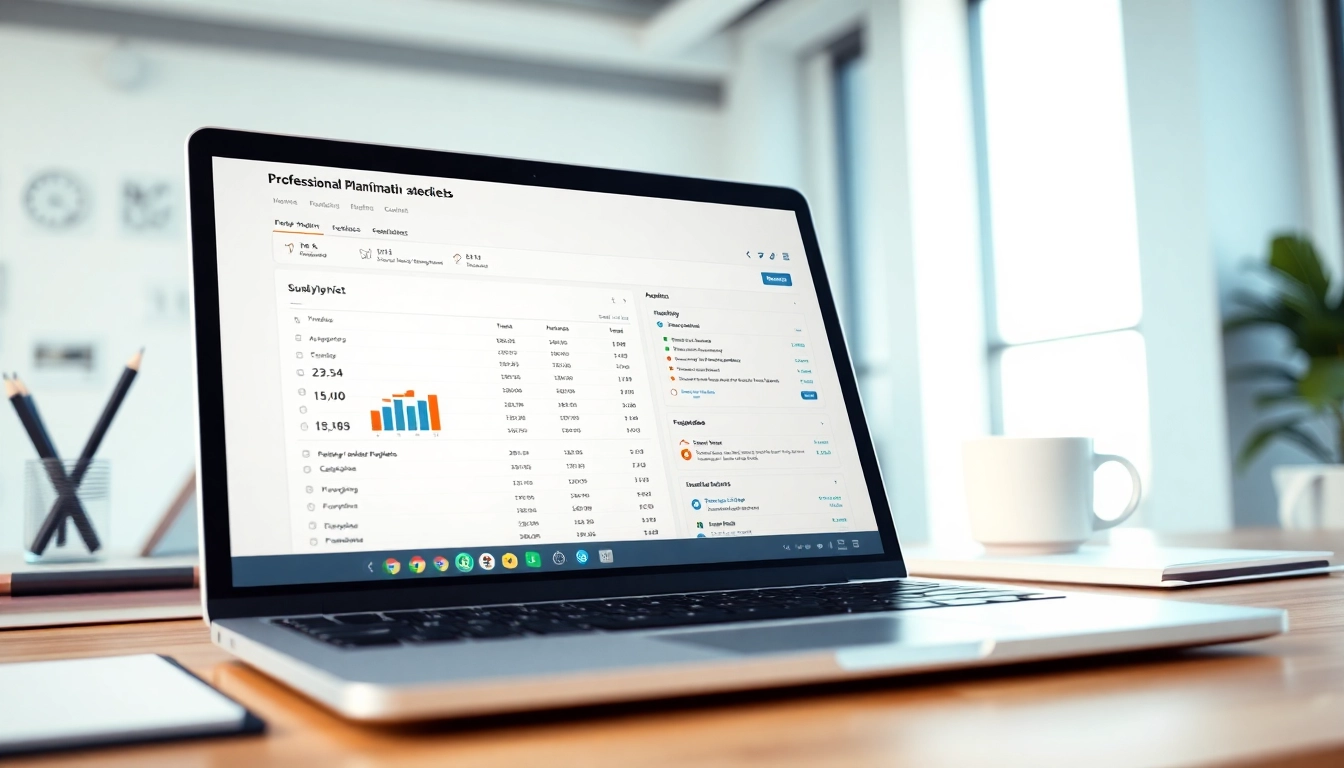Understanding Plagiarism and Its Implications
Definition of Plagiarism in Academic and Professional Contexts
Plagiarism is often understood as the act of presenting someone else’s work or ideas as one’s own without appropriate attribution. This definition holds significant weight within both academic and professional environments, where originality and integrity are paramount. Typically, plagiarism encompasses the copying of text, ideas, images, or any form of intellectual content without acknowledging the source. In academic circles, it can be defined more strictly, encompassing various forms of misconduct, including deliberate cheating, negligence, and unintentional plagiarism due to a lack of awareness about citation practices.
In a professional context, the ramifications of plagiarism can be severe, leading to loss of credibility, legal repercussions, and a tarnished reputation. For instance, in journalism, plagiarizing another journalist’s work can result in termination and legal action from the original author or their employer. Understanding these definitions is crucial for both students and professionals as they navigate through their respective fields.
Common Myths About Plagiarism
Many misconceptions about plagiarism persist, often leading to unintentional violations. One prevalent belief is that only direct copying constitutes plagiarism. In reality, paraphrasing without proper citation, even if the words are changed, can also be considered plagiarism if the original idea is not credited appropriately. Another common myth is that plagiarism only applies to written documents. Plagiarism can occur in a variety of media, including images, music, and videos. Furthermore, some assume that using common knowledge doesn’t require citation; however, clarity thrives when sources are credited, even for widely-known facts.
The Consequences of Plagiarism for Students and Professionals
The fallout from plagiarism can be severe, especially for students. Academic institutions typically impose strict penalties, which may range from receiving a failing grade on an assignment to expulsion. For professionals, the stakes can be just as high. Plagiarism in business reports, presentations, or publications can lead to a loss of job and potential legal action from the affected parties. Additionally, professional reputations are often irreparably damaged, making it difficult for individuals to secure future employment. The overall impact emphasizes the need for preventative measures such as using a plagiarism checker regularly to ensure work remains original.
How a Plagiarism Checker Works
An Overview of Plagiarism Checker Technologies
Plagiarism checkers utilize advanced algorithms and databases to identify similarities between the submitted content and existing works. Most tools operate by scanning a user’s text against large databases of academic papers, journals, articles, and web pages to detect potential overlaps. The underlying technology often employs methods such as lexical analysis, which examines the text’s vocabulary and syntax to determine originality, and contextual analysis, which assesses the meaning and semantics behind words.
Key Features to Look for in a Plagiarism Checker
When selecting a plagiarism checker, certain key features can enhance the user’s experience and efficacy of the tool. These include:
- Accuracy: The tool should deliver reliable results that minimize false positives.
- Comprehensive Database: It should have access to a vast range of sources to ensure an extensive check.
- User-Friendly Interface: A simple interface enhances ease of use, especially for non-technical users.
- Customizable Reports: Quality report generation allows users to analyze findings effectively.
- Support for Multiple Formats: The ability to check documents in various formats (like PDF, DOCX) is essential.
Comparing Different Plagiarism Checkers Available in the Market
There are numerous plagiarism checkers available today, each differing in its strengths and weaknesses. For instance, Grammarly’s plagiarism checker offers seamless integration with its grammar-checking tool, providing a well-rounded writing assistant for users. On the other hand, tools like PapersOwl make advanced AI capabilities accessible for academic writing. DupliChecker and Scribbr are other viable options, each tailored to specific user needs. Evaluating these tools based on the features listed previously helps users make informed choices based on their specific requirements.
Utilizing a Plagiarism Checker: Step-by-Step Guide
Preparing Your Document for Plagiarism Checking
Preparation is essential for an effective plagiarism check. Users should start by ensuring their document is error-free, as grammar mistakes can sometimes yield inaccurate plagiarism check results. Additionally, finalizing the document and converting it into an appropriate format increases compatibility with plagiarism checkers. Saving the file in formats like DOCX or TXT is advisable, as many tools can easily integrate with these formats.
Running the Plagiarism Check: What to Expect
Once the document is prepared, users can upload it to their chosen plagiarism checker. The tool will scan the text against its extensive database, producing a report that highlights any matched content. The time taken for this process varies based on the length of the document and the complexity of the tool. Typically, the user can expect suggestions for paraphrasing or proper citations for sections identified as plagiarized.
Analyzing Results and Understanding Reports
After the plagiarism check is complete, a detailed report is generated. Users should read through the findings carefully. Common metrics include a percentage that indicates the level of originality, as well as highlighted sections that require attention. Understanding how to interpret this data is vital in order to make necessary revisions, whether by paraphrasing ideas or ensuring proper citations are included.
Best Practices to Avoid Plagiarism in Writing
Citing Sources and Proper Attribution Techniques
Proper citation is the cornerstone of avoiding plagiarism. Familiarity with different citation styles such as APA, MLA, and Chicago is crucial, as each style has specific rules governing how authorship should be credited. Effective citation practice includes not only acknowledging direct quotes but also paraphrased ideas. Implementing robust citation management tools can assist in maintaining organized records and generating citations accurately.
The Role of Paraphrasing and Summarizing
While learning how to paraphrase and summarize is critical, it is important to differentiate between the two. Paraphrasing involves restating an idea in one’s own words while maintaining the original idea’s meaning. It is essential to cite the source, even when paraphrasing. Summarizing, on the other hand, condenses an entire text into a shorter version, which still requires attribution. Mastering these skills can significantly reduce the chances of unintentional plagiarism.
Utilizing Writing Tools Alongside Plagiarism Checkers
Combining plagiarism checkers with writing tools such as grammar checkers and citation generators can enhance overall writing quality. For instance, using tools like Grammerly can aid in correcting writing mistakes while ensuring that your content remains original, thanks to integrated plagiarism detection. This combination of resources not only helps in avoiding plagiarism but also elevates the overall quality of the written material.
Future Trends in Plagiarism Detection Technology
The Impact of AI on Plagiarism Checkers
Artificial intelligence is propelling the future of plagiarism detection technology. AI algorithms are becoming increasingly adept at understanding context and semantics, thus providing a more nuanced analysis of text. Advanced tools can now recognize paraphrased content more accurately than ever, allowing users to maintain originality while still utilizing borrowed ideas. Moreover, AI can automate citation suggestions and improve user interfaces, making it easier for writers to navigate requirements.
Emerging Tools and Techniques for Academic Integrity
As academic integrity comes under increasing scrutiny, new tools designed to uphold ethical writing practices are emerging. Features such as real-time plagiarism detection in collaborative environments, such as Google Docs, are becoming more prevalent. Real-time citation helpers are also being developed to streamline the citation process, promoting ethical writing habits and diminishing the risk of plagiarism.
Predictions for the Evolution of Plagiarism Detection
In the coming years, plagiarism checkers are expected to become even more sophisticated and user-friendly. Innovations such as machine learning could enable these tools to learn from user interactions and improve detection capabilities. Enhanced integration with educational platforms may also allow real-time checks as students write, fostering a culture of originality from the outset. As technology evolves, the importance of maintaining academic integrity and original thought will continue to be paramount.



